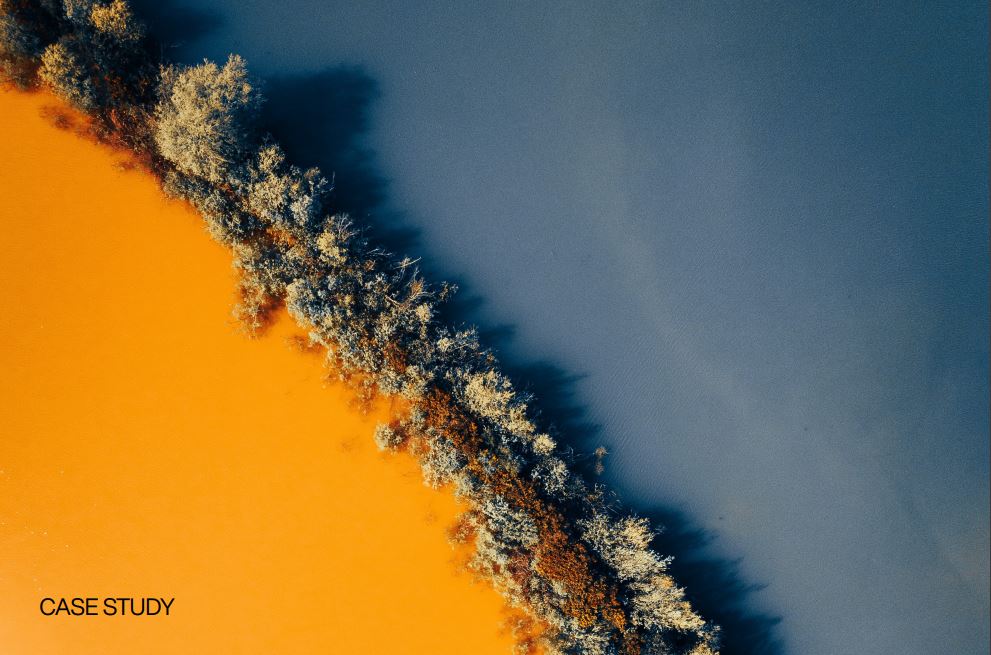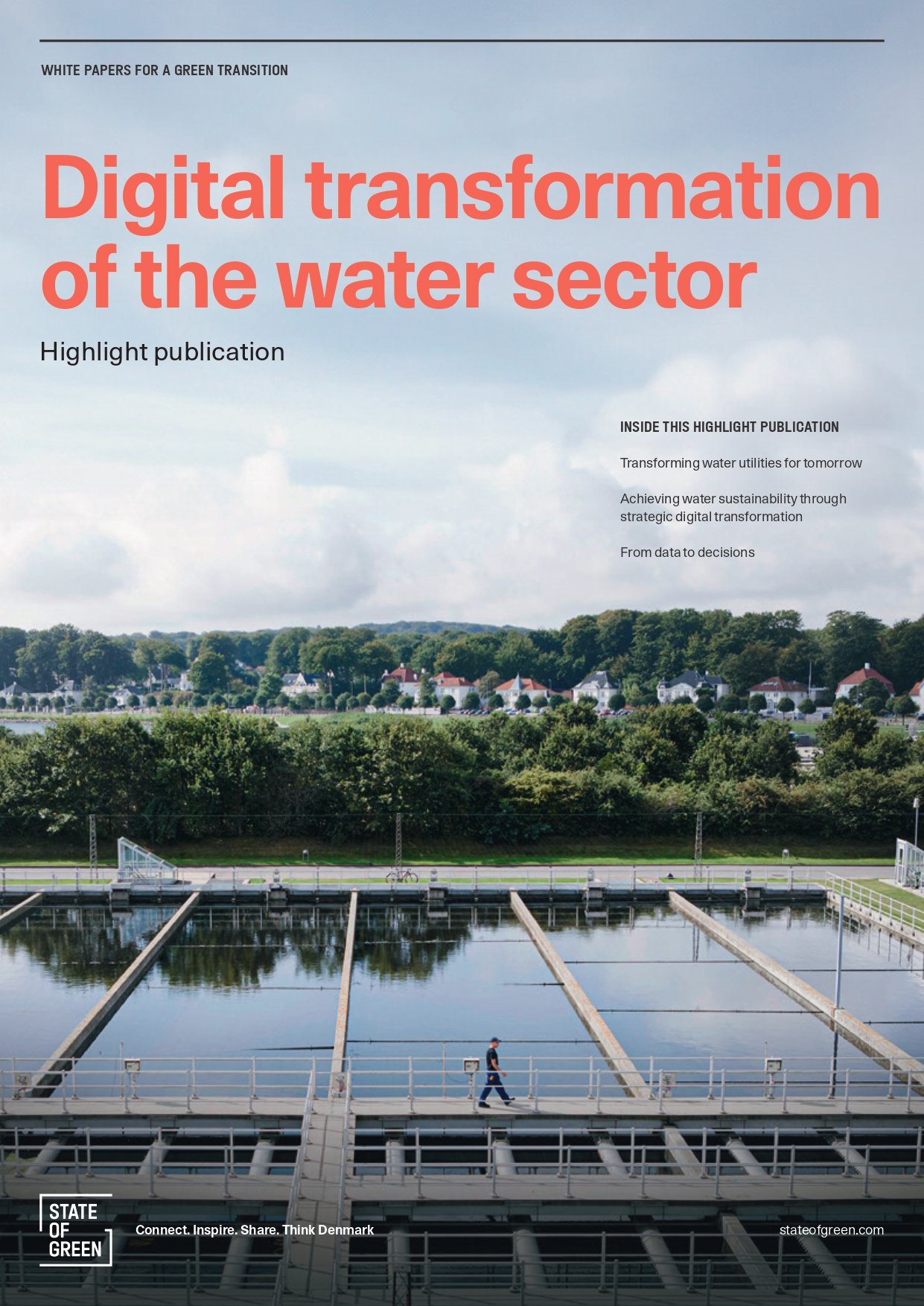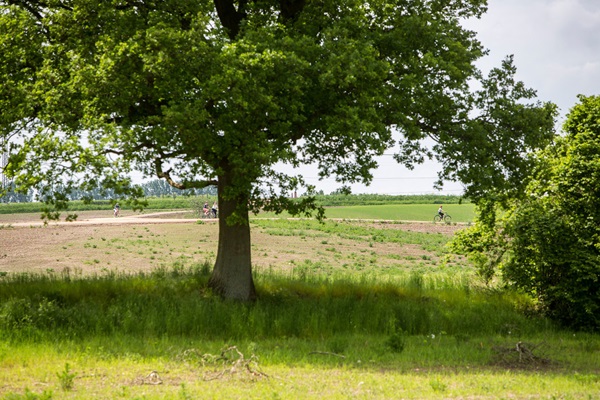News
Water supply
Reducing Urban Water Loss to Just 5%


16 April 2014
For growing cities this is particularly problematic and it poses a major issue for water utilities to address the considerable difference between the volume of water treated and distributed, and that which is invoiced to the customers. This gap is known as Non-Revenue Water (NRW) or urban water loss.
Factors causing this gap are, among others, inaccurate billing systems, deficient customer registration, leakages caused by deteriorating infrastructure, poor water pressure management, inaccurate metering, reservoir overflow, insufficient management and illegal, connections to the water work.
Denmark knows water
In Denmark, water consumption has decreased by 30% over a period of 25 years. During the same period, GDP has increased by 40%. In addition, average water losses have been reduced to 7% and some water utilities have even managed to successfully reduce urban water losses to just 5%.
Denmark has achieved an average NRW rate of 7% due to political focus on the problem and legal regulation that has motivated the water utilities, consulting companies and technology providers to develop new cost-efficient leakage monitoring technologies and leakage management systems.
Old pipes not necessarily the problem
While many may think that old pipes are the culprits in terms of high NRW rates, bear in mind that the low percentage of urban water loss in Denmark has been achieved with a very old pipe network. In fact, in Copenhagen, where the average NRW rate is 7%, around 11% of the pipes are over 100 years old and 76% are over 60 years old.
This proves that high levels old water losses are not correlated with the age of the pipes. If the water distribution system is well maintained and managed even very old pipes may perform well.
Danish water utilities are world-class at reducing NRW
Danish water utilities hold the competences necessary to help the international NRW water sector reduce its water loss. In general, reducing NRW by half is a very achievable target within one of two years. One of such companies is water utility company VCS Denmark, which holds extensive practical experience in planning and implementing leakage detection.
VCS Denmark operates 7 waterworks and supplies 156,000 customers with about 10 million m3 of water per year - through a pipeline of 1,000 km. The company has carried out systematic leakage detection since 1994 in order to maintain the pipeline network in their supply area. This effort has led to a NRW rate of just 5% and a real pipe loss of just 1,17 m3/km/day. At 0.74, the utility’s Infrastructure Leakage Index (ILI) is one of the best in the world.
- Connect with Danish companies and learn more about water technologies.
Source: VCS Denmark / Rethink Water
For more news, visit our Newsroom
You should consider reading
Water supply















